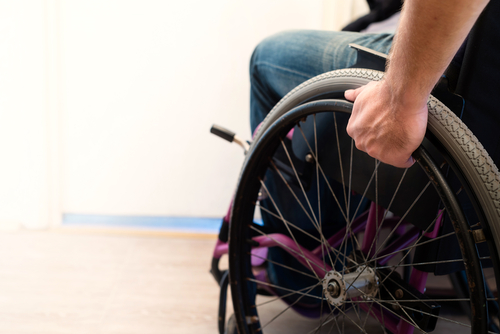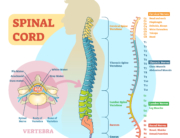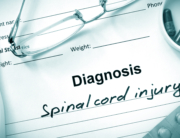Yes, an aviation accident can cause a spinal cord injury if you experience a significant jarring of or blow to the neck, back, head, or trunk during the incident. A spinal cord injury can be life-changing. Many people lose their mobility, independence, and the ability to support themselves through employment. Spinal cord injury lawsuits often involve claims for substantial compensation.
How an Aviation Accident Can Cause Spinal Cord Injury
A spinal cord injury can happen from an aviation accident in several different ways. Here are a few examples:
- In a plane crash or emergency landing, the body can get flung through the air with great force, snapping backward and forward or hitting the interior of the plane, like the back of the seat in front of you.
- Midflight turbulence can propel a person at high speed in a similar manner, causing impact with a solid object inside the plane. Also, if you lose your balance and fall when inside the plane or while boarding or deplaning and sustain a sharp blow to the neck or back, you could suffer spinal cord injury.
- Any event that causes a fracture or dislocation of one or more vertebrae (the tiny bones in the center of your back and neck) can pierce, sever, or otherwise damage the spinal cord.
Damages for a Spinal Cord Injury from an Aviation Accident
Catastrophic injuries, like spinal cord damage, can come with losses like these:
- Medical expenses, for the reasonable costs of any treatment the plaintiff needed because of the spinal cord injury.
- Rehabilitation costs, if the plaintiff had to go to a facility for specialized treatment of the injuries.
- Long-term medical care, as spinal cord injuries are not reversible.
- Long-term assistance, as many spinal cord injuries cause paralysis that prevents a person from being fully independent or performing self-care or the tasks of everyday life.
- Lost wages, to replace the income the person lost because of the accident and injuries.
- Diminished earning capacity, if the plaintiff cannot make as much money as before the accident because of their injuries.
- Disability, if their injuries prevent them from earning a living through employment.
- Modifications to the home, such as wheelchair ramps, lift from the bed, tub/shower lifts, stair lifts, access ramps, and lowered countertops.
- Medical equipment, like a wheelchair, breathing devices, and therapy equipment.
- An adapted vehicle to accommodate a wheelchair.
- Pain and suffering, for physical discomfort and emotional distress.
- Other intangible losses, like the loss of enjoyment of life, depression and anxiety, and the spouse’s claim for loss of consortium.
How a Spinal Cord Injury Can Affect Your Life
Spinal cord injuries are catastrophic, which means that they can be life-threatening or change life as you have known it. A spinal cord injury can cause paralysis. You could have full or partial paralysis, with only one or both sides of the body affected. The paralysis can be of the arms only, the legs only, or both the arms and legs.
The impact on your life can depend on several factors, including:
- The severity of your spinal cord injury.
- Whether the spinal cord injury is complete or incomplete. With an incomplete spinal cord injury, you can still have some function below the point of injury, and one side might have less impact than the other. If you have a complete spinal cord injury, you will have no sensation or physical capabilities below the point of the injury, and the damage will be equal on both sides of the body.
- The level of the spine at which your injury occurred. For example, a spinal cord injury of the lower back tends to affect the legs, but not the arms.
Getting Legal Help for a Spinal Cord Injury from an Aviation Accident
Montero Law Center can help if you or a loved one suffered a spinal cord injury from an aviation accident. You can call us today at 954-767-6500 to learn more about how an aviation accident attorney can assist you.
 English
English  Español
Español 



